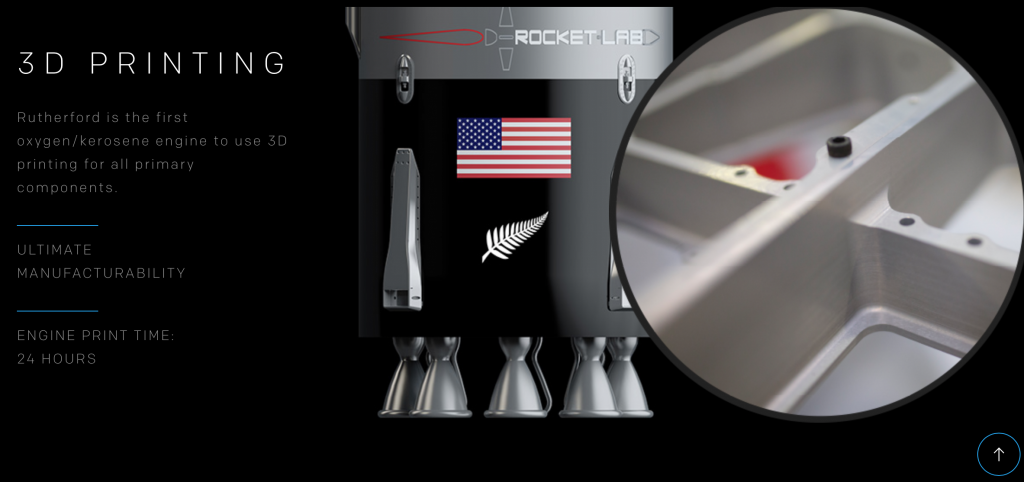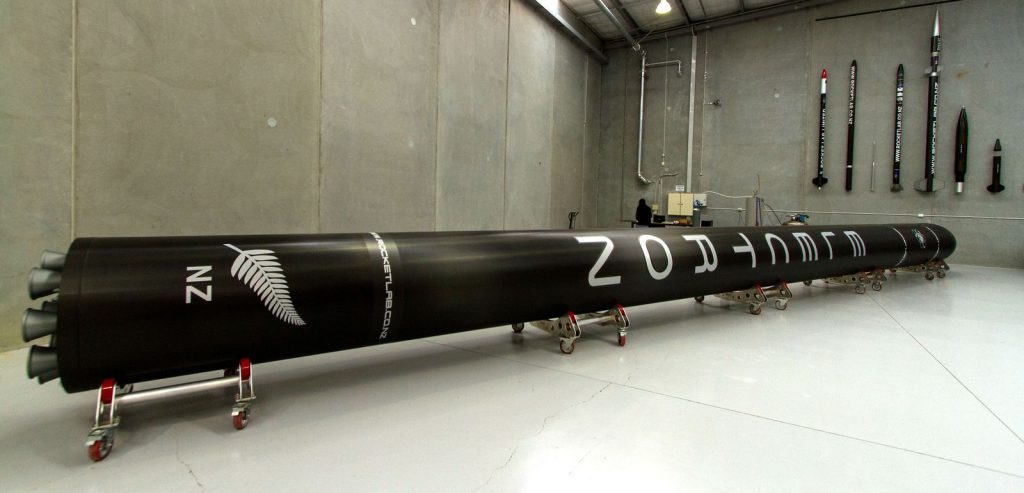California-based commercial aerospace company Moon Express, are on track to send their Electron rocket to the Moon in 2017. The Electron is propelled by 3D printed engines made by Rocket Lab, headquartered in Los Angeles. The project is designed for Google’s modern-day space race: the Lunar X Prize.
3D printed engines
Nine liquid-propellant Rutherford engines are behind the Electron. The rocket engines, the first to use 3D printing for the all core parts, use kerosene and liquid oxygen (LOX) for fuel.

All of the Rutherford’s primary components; the engine chamber, injector, pumps, and propellant valves, are 3D printed using electron beam melting (EBM).
EBM is the proprietary technique of Swedish company Arcam AB (NASDAQ:OMX). As of November 2016, the General Electric Company (NYSE:GE) became Arcam’s majority shareholder, owning a total of 76.15% of the company. Arcam will hold an Extraordinary General Meeting on February 7, 2017 in Mölndal, Sweden according to news from the company today.

Mining the moon
In the Google Lunar X Prize, $20 million will be awarded to the first vehicle to land on the moon, travel across it, and send high quality images back to Earth. Though Moon Express are hoping to win, their goals go far beyond the deadline of December 2017.
Convinced that the Moon will become key to the world’s economy, Moon Express’ overall aims are to mine it for resources, such as the iron rich ‘moon dust’ regolith. Moon Express’ current deadline to bring lunar materials back to Earth is 2020.
Part Time Scientists, a former contender in the Google Lunar X Prize, supports regolith as a material for future constructs on the Moon. PT Scientist Karsten Becker’s research has found microwave sintering might be a way of 3D printing regolith to construct off world habitations.
Permission to land

Moon Express has received permission from the US Federal Aviation Administration (FAA) to launch the Electron. In the Commercial Space Launch Competitiveness Act, the company also been granted rights to keep any materials it mines from the Moon. This is controversial and a hot topic at conferences where Space Law is discussed. One important piece of such law is the International Outer Space Treaty, created in 1967, after Russia’s Sputnik satellite became the first craft in space (1957), and preceding Neil Armstrong and Buzz Aldrin’s Moon landing (1969).
The treaty outlines laws to prevent any nation from claiming ownership of the Moon and installing weapons of mass destruction on it. It also holds the exploring State responsible for damages caused, and the actions of the craft.
Further laws on what can and can’t be done on the Moon and in outer space will be passed once such commercial projects have matured into viable methods for operating in space. For now, private companies in the new Space Race are still too experimental for legislation to restrict and make judgement on their capabilities.
Featured image shows the Moon Express Electron rocket made by Rocket Lab. Photo via: RocketLabUSA on Twitter.



